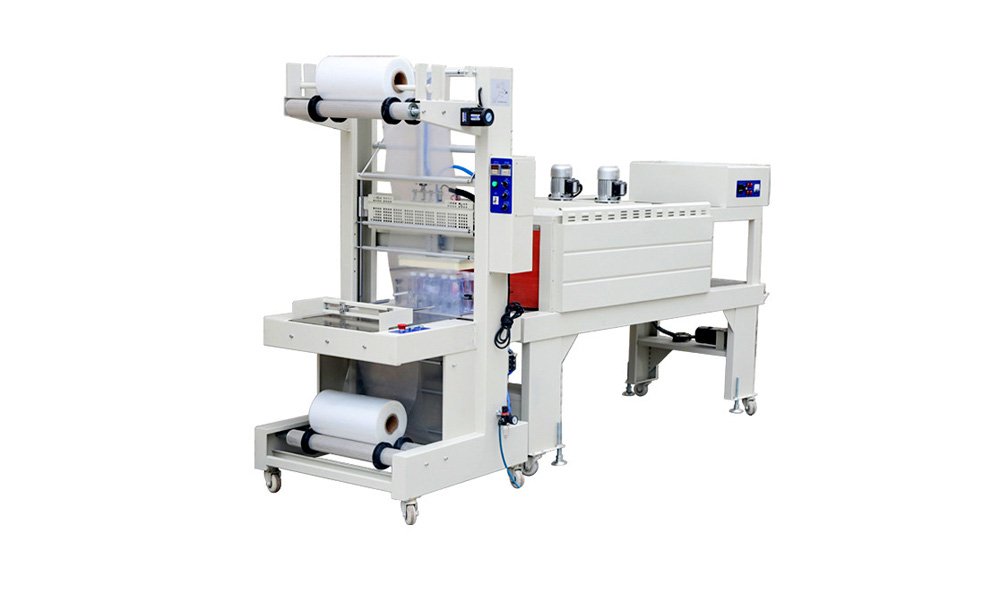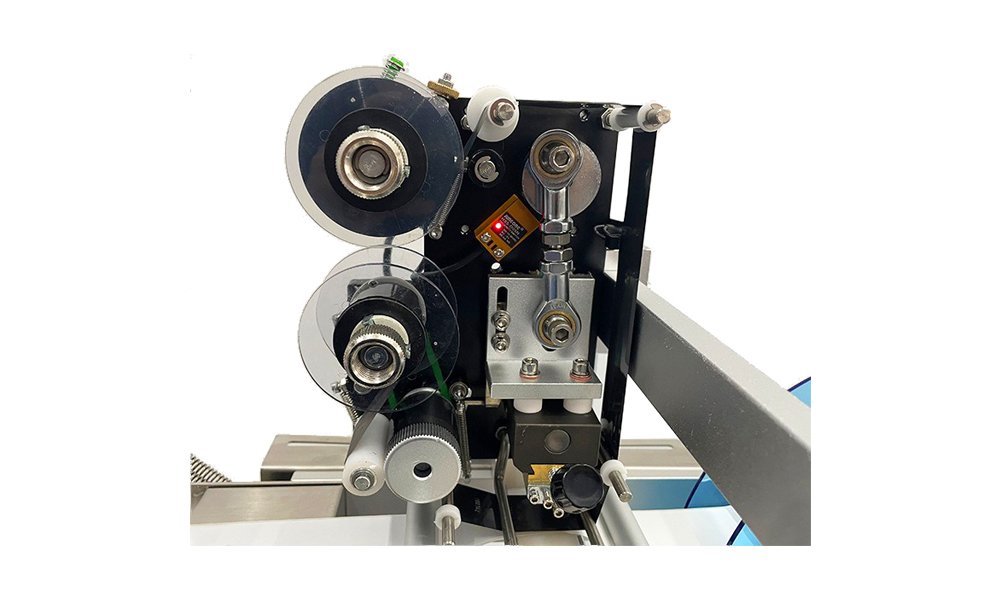Selecting the wrong label might result in misidentification, operational delays, or product damage. Any of these will add cost and inefficiency to your operation. The key is to carefully evaluate your needs based on the application and environmental factors.
To pick the right industrial label, you need to look at the durability, material, adhesive, and environmental conditions. You also need to make sure the label meets the necessary regulatory requirements and meets the demands of your specific industry.
Next, let’s go through the details of how to make the best choice for your business.
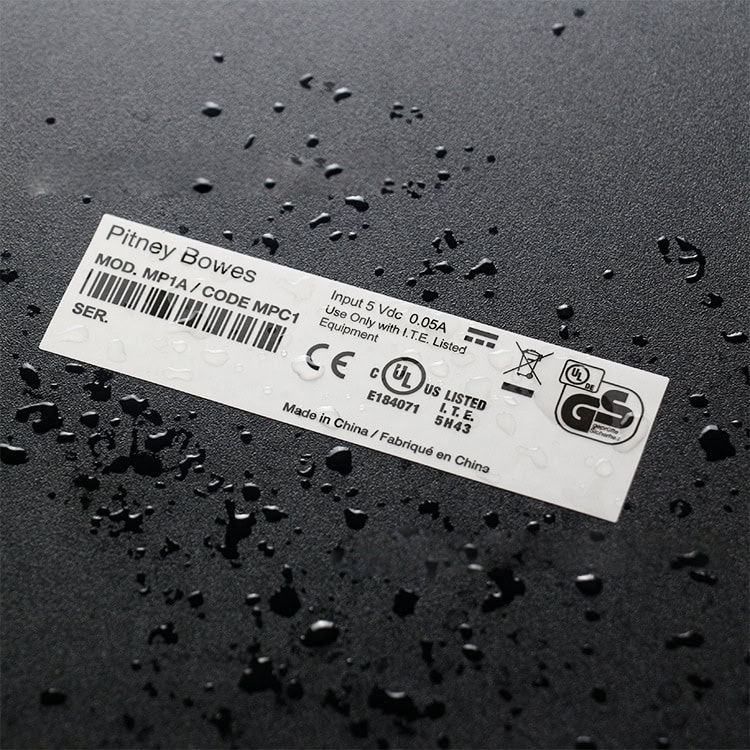
Understand Your Labeling Requirements
The first step in choosing the right label is to understand your specific labeling requirements. This involves considering the operational environment and the information that must appear on the label.
Environmental Conditions
Will your labels be exposed to extreme temperatures, chemicals, or moisture? Labels that endure harsh environments must be durable enough to withstand these conditions without peeling, fading, or becoming illegible. For example, in industries like food processing or pharmaceuticals, labels may be subject to frequent cleaning, so they need to resist moisture and chemicals. In such cases, using a water-resistant or chemical-resistant label is critical.
Label Information
Different industries require specific details on their labels, such as barcodes, serial numbers, or safety warnings. Make sure the label has the space to clearly display all essential information. Industries like manufacturing or healthcare may have additional compliance requirements that dictate what should be printed on the label.
Material Selection for Durability
Choosing the right material is key to ensuring that the label lasts as long as it needs to in your specific industrial environment.
Durable Materials
Heavy-duty applications such as machinery or electrical equipment often require materials like polyester, vinyl, or anodized aluminum. These materials provide excellent durability, withstanding exposure to elements like UV light, chemicals, and abrasions.
Label Life Cycle
The label’s intended lifespan is another important factor. Some labels are meant for short-term use, while others need to last for years. If your label is expected to endure a long operational life, it’s wise to opt for more durable materials to avoid constant replacements and ensure compliance with industry standards.

Choose the Right Adhesive
The effectiveness of a label largely depends on the adhesive used. A poor adhesive choice can result in labels falling off or peeling prematurely, leading to loss of information and potential safety risks.
Permanent vs. Removable Adhesives
Permanent adhesives are ideal for applications where the label needs to stay in place indefinitely. These adhesives are suitable for harsh environments and ensure that labels on surfaces such as metal or plastic remain secure. On the other hand, removable adhesives are a better option when labels need to be temporarily affixed, such as during the shipping or sorting process, and can be peeled off without leaving residue.
Surface Compatibility
Adhesives must be compatible with the surface they are applied to. Labels designed for smooth, flat surfaces may not perform well on rough or irregular surfaces. Testing the adhesive on the actual material it will adhere to is a crucial step to prevent future issues.
Evaluate Regulatory Compliance
Compliance with regulatory standards is essential, especially in industries like healthcare, food, and chemical manufacturing.
Certifications
Certain industries require specific certifications for their labels. For example, the FDA, RoHS, or UL certifications might be mandatory depending on the product and location. These certifications ensure the label material and print comply with safety and environmental standards, such as being non-toxic or fire-resistant.
Information Requirements
Many industries require that specific pieces of information appear on the label, such as product identification numbers, batch codes, or safety instructions. Failing to include mandatory information can lead to non-compliance, fines, and product recalls.
Label Size and Shape Matters
Size and shape play a critical role in how well the label adheres and how effectively the information is displayed.
Size Considerations
Labels must be large enough to accommodate all necessary text, codes, and graphics without crowding, while still fitting neatly on the product. Overly large labels can detract from a product’s appearance, while too-small labels may not provide sufficient information or durability.
Shape
Depending on the surface, different shapes may be necessary. For example, cylindrical surfaces often require specially shaped labels to prevent wrinkling or peeling. Choosing the right shape ensures that the label stays smooth and legible.
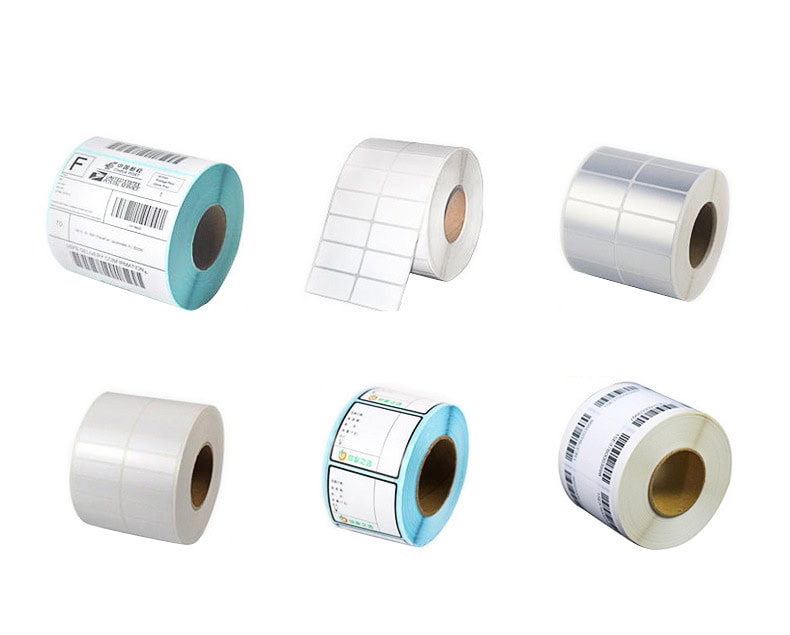
Printing Method and Durability
How the label is printed is just as important as the materials used. Certain printing methods are more suitable for long-lasting, high-quality labels.
Thermal Transfer vs. Digital Printing
Thermal transfer printing is ideal for creating durable, long-lasting labels that can withstand harsh conditions. This method embeds the ink directly into the label material, making it resistant to wear and tear. Digital printing, while faster and more cost-effective for short runs, may not be as durable.
Fade Resistance
In environments with high exposure to sunlight, chemicals, or heat, labels need to maintain their legibility. Labels that fade over time can lead to confusion, safety risks, or non-compliance with regulatory requirements. Consider labels with UV-resistant inks or coatings for outdoor or high-exposure applications.
Choose the Appropriate Label Finish
The finish of your label can affect both its appearance and durability.
Matte vs. Glossy
Matte finishes reduce glare and make labels easier to read under direct lighting, which can be crucial for safety or compliance labels. Glossy finishes, on the other hand, offer enhanced protection against moisture and abrasions, making them a better choice for applications where the label might be frequently handled or exposed to the elements.
Coating Options
Special coatings can provide an additional layer of protection for labels exposed to chemicals or abrasion. These coatings can help ensure that the printed information remains legible over time, even in harsh environments.
Integration with Equipment and Systems
When selecting labels, ensure they are compatible with your labeling machinery and overall system requirements.
Equipment Compatibility
If you’re using labeling machines, ensure that the labels you choose work seamlessly with your equipment. For example, high-speed machines may require labels that can withstand the friction and heat generated during application.
Automation and Customization
Many modern labeling systems are automated. Choosing a label that can be easily integrated into these systems, whether through custom sizes, shapes, or adhesive properties, can streamline your production process and reduce operational costs.
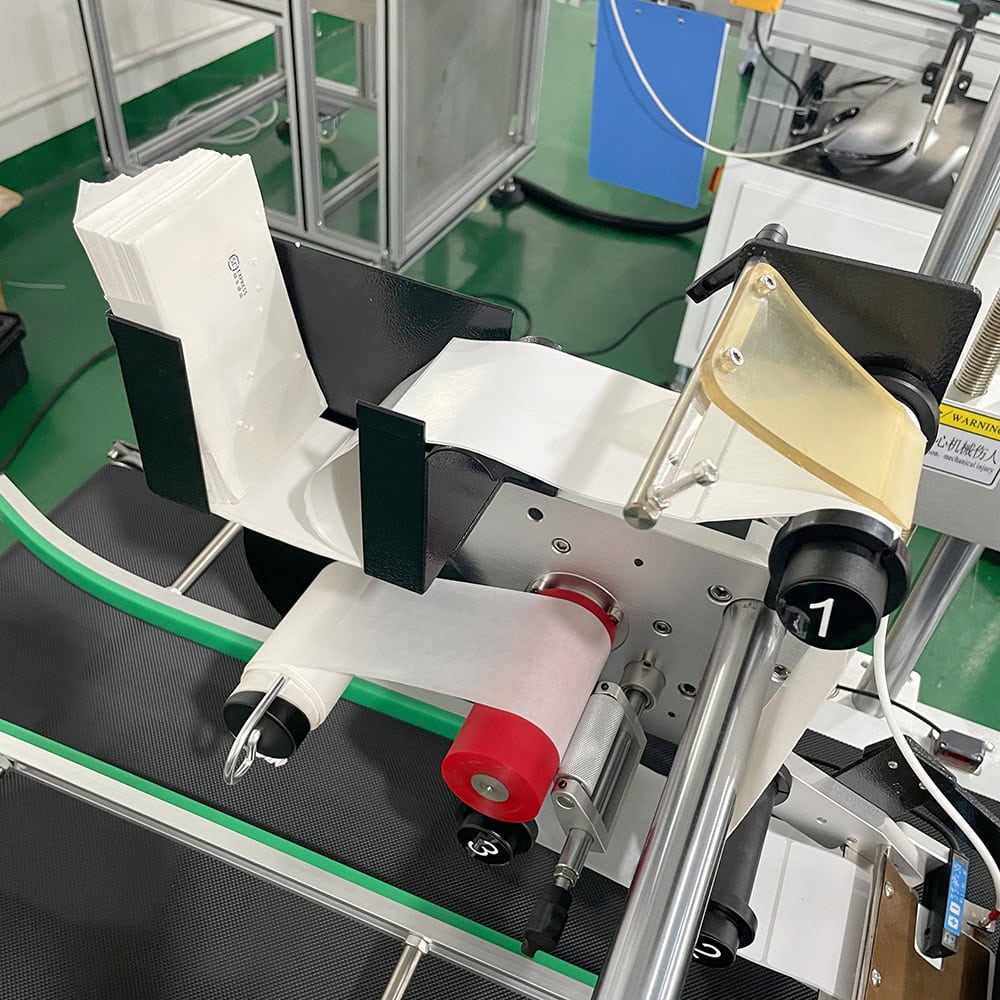
Cost Considerations
While it’s important to choose a label that fits your needs, budget constraints will also factor into the decision-making process.
Cost vs. Durability
Investing in high-quality, durable labels can save you money in the long run by reducing the need for replacements. Cheap labels may result in failures, increased labor costs for replacements, or even non-compliance issues.
Bulk Ordering
Ordering labels in bulk is one way to reduce costs, but be mindful of over-ordering in case product specifications change. It’s essential to strike a balance between cost savings and flexibility.
Testing and Trial
Before finalizing a label, conducting a real-world test is a best practice to ensure long-term success.
Pilot Testing
Testing labels in the environment where they will be used helps assess how they perform under real-world conditions. Environmental factors such as heat, moisture, and mechanical wear can impact how well a label adheres and retains its print.
Feedback
Gathering feedback from production teams or end users ensures that the label meets performance expectations. If there are concerns about adhesive quality, readability, or placement accuracy, make adjustments before committing to large-scale production.
Conclusion
Choosing the right industry label involves balancing durability, material, adhesive quality, regulatory compliance, and cost. With careful consideration, you can ensure your labels meet all operational needs and regulatory standards, saving time, money, and potential legal issues down the line.





